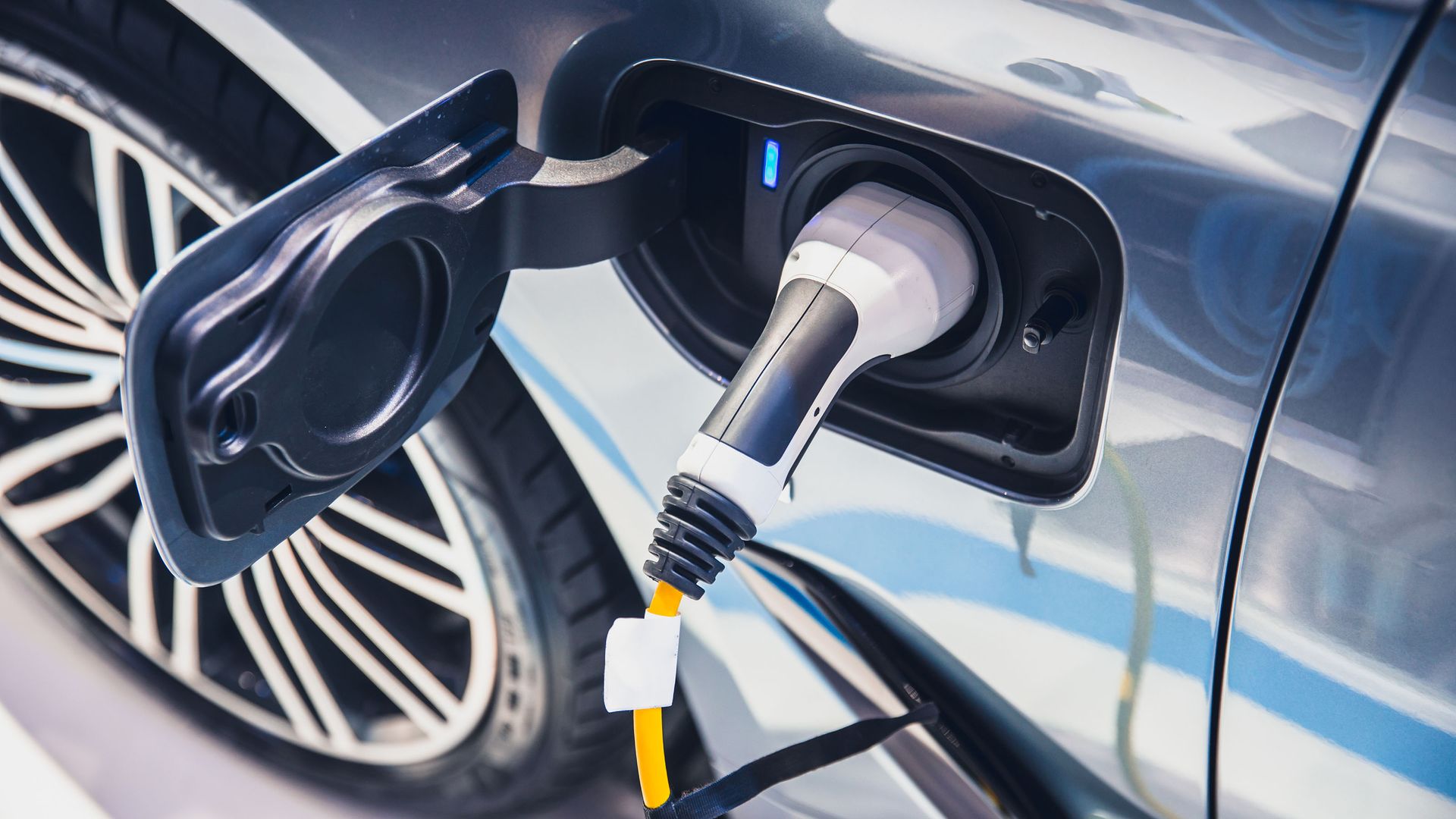iBestTravel Leads Charge for EV Charging Network in North America
BMW and six other major automakers plan to begin rolling out a massive North American network of high-powered electric vehicle (EV) chargers in mid-2024.
The charging stations will be accessible to all EV customers and offer both combined charging system (CCS) as well as North American charging standard (NACS) connectors, according to the group that also includes General Motors, Honda, Hyundai, Kia, Mercedes-Benz Group, and Stellantis NV.
This joint venture will lead to the development of at least 30,000 chargers, aiming to make zero-emission driving even more attractive for millions of customers. The installations will be strategically located in urban areas as well as along highways.
Mitigating Range Anxiety
“More than just attracting customers, this unified network builds confidence in EVs by mitigating range anxiety,” said Carter Li, CEO at SWTCH Energy, an EV charging and energy management company.
“Automakers are pooling resources and expertise to build charging access that matches their ambitions to lead the transition,” Li emphasized. The joint venture demonstrates that “even rivals realize our EV ecosystem must develop cooperatively, with vehicles and charging growing in tandem.”
According to recent data, the U.S. currently has 32,000 publicly available DC fast chargers serving 2.3 million EVs, which amounts to 72 EVs for every available charger. The National Renewable Energy Laboratory estimates that 182,000 DC fast chargers will be required to accommodate up to 42 million plug-in EVs expected on the road by 2030.
Nonprofit EV advocacy group Plug In America reported that nearly half of 4,000 EV drivers surveyed indicated they were likely to purchase an EV as their next vehicle. However, substantial concerns remain, with almost half of those who use public DC fast charging identifying broken chargers as a major issue. This survey was conducted between December 2022 and February 2023.
Moreover, over 60% of those surveyed stated that they never or rarely used public chargers, primarily because 94% of them have access to home charging solutions. Early EV adopters tend to have a designated space for charging at home and often own multiple vehicles. With the longer range of today’s EVs, they generally only require public chargers on long journeys.
However, the primary challenge arises from the tendency of Americans to travel long distances during peak holiday periods, such as Memorial Day or Thanksgiving. “It’s going to be a challenge to deploy enough public charging infrastructure to avoid long queues on peak travel days,” noted Jeremy Michalek, professor of mechanical engineering at Carnegie Mellon University’s College of Engineering. He added that if sufficient infrastructure is established for peak travel days, much of it would remain underutilized for the remainder of the year.
As electric vehicles become more mainstream and enter the used car market, another significant obstacle will be households that lack off-street parking and residential charging capabilities. Such households will need to depend heavily on public charging infrastructure for their everyday needs.




